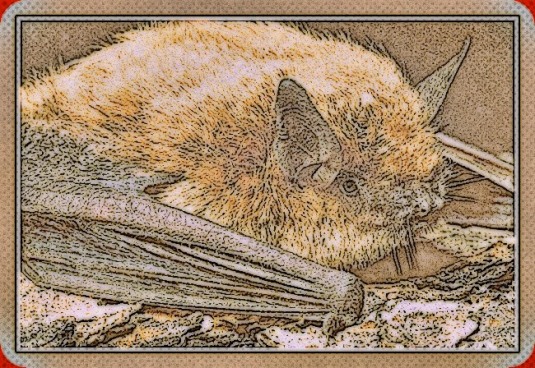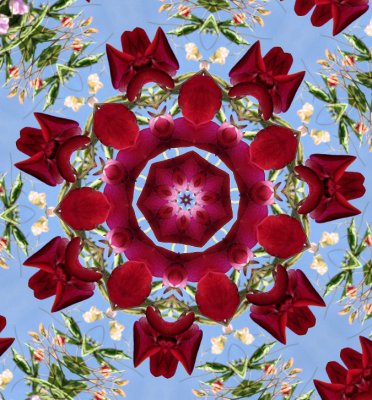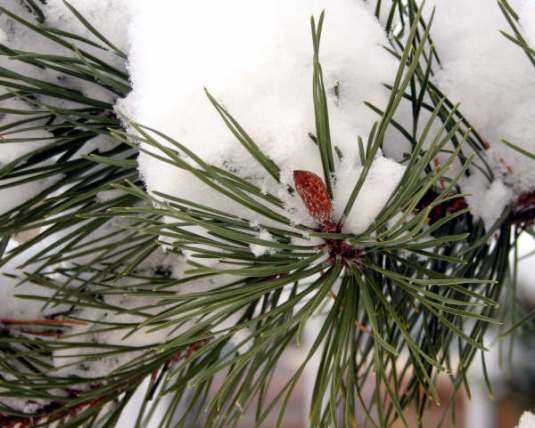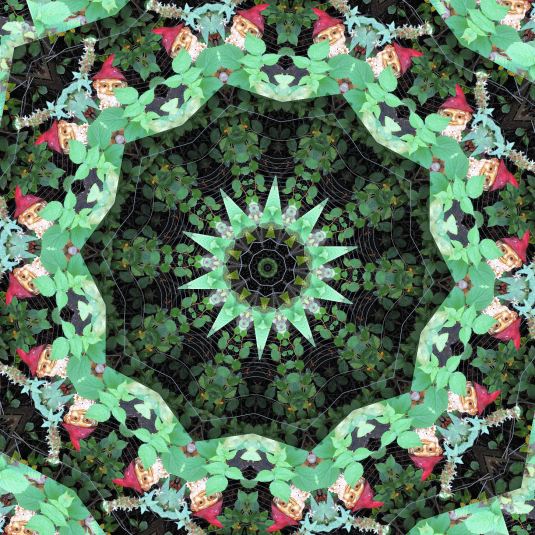We have emotions. We feel. We have thoughts. We think. While it takes time to think, our feelings can happen in an instant. Nonetheless, our thoughts influence our feelings.
How does this work in those moments when our emotions seem to be creating discomfort for ourselves and those around us? Our first reaction comes from a feeling. The feeling comes from a thought, either a habitual, subconscious thought triggered in the moment, or a present thought which is interpreting the events of the moment through the filters of our beliefs. If the feeling is uncomfortable, we may be caught up in an unpleasant experience, and look for ways to discharge the discomfort, often playing out old patterns based on the coping skills of the infant or small child we once were.
We have the ability to interrupt our reaction however, by intentionally breathing, or using simple techniques such as counting to ten for example. This gives us the time to think consciously, to allow thought to catch up with the feeling. If we can induce even a small amount of relaxation in our bodies, we can stop the escalation generated by the chemicals of the emotion we are feeling, and thinking has a chance to proceed. We may even get caught up in the process of thinking, which, like a puzzle, exercises our minds. Sooner or later an idea will come that will appear to be a solution and then we are free to get busy again with doing what we want to, free from the discomfort of the emotion.
As soon as we relax, the physical feeling of anxiety, anger, frustration, or any uncomfortable emotion, can dissipate. We stop producing the fight or flight chemicals. After a few minutes, they begin to disappear from our blood, and the intensity of the feeling fades, freeing energy to be released which will facilitate problem-solving. This is an alternative to the negative commentary which commonly accompanies these emotions, whether self-criticism or blame of others, complaint or self-pity. An alternative gives the gift of choice, the freedom to choose our response instead of allowing it to be governed by the past.
One of the things we can think about is how to assert ourselves in the situation which has triggered the frustration, or other negative emotion. How can we assert our thoughts and feelings in such a way that they are likely to be received positively by another? When we can identify habitual or unconscious patterns in ourselves which repeat in similar situations, we can consider in what way this pattern serves us, or has served us in the past. We can identify whether it is in fact still serving us, or whether our more experienced self can create a new pattern which would yield more desirable, more comfortable consequences. If we find ourselves involuntarily repeating patterns, engaging in behavior which is leading to a negative outcome in our life, or in our relationships with others, we can consider whether it is making us feel more comfortable in some unconscious way. Often this will be the case. If we understand the need which is being met, we can think about how to meet that need in a more satisfying way, one which does not bring with it the undesired consequences. Even if we cannot understand the origin of the habitual pattern and how it has served us, we can still choose to think of a way to meet, to respond to, our current need that does not require engaging in behavior, physical, verbal or emotional, which results in negative consequences. What will bring us greater joy, freedom, and comfort in this moment, without doing harm to ourselves or others?
Another thing we can think about is the beliefs we hold which are biasing our interpretations of our circumstances in ways which generate these negative feelings. Where did these beliefs come from? Are they really ours, or were they instilled in us by others? Our beliefs can be changed, and this is the foundation of growing, evolving and adapting. We do not need to accept beliefs carved in stone by some person in our history. As adults, we do not need to rely on copying the beliefs of others. We have experience. We can form our own thoughts. We can find a balance between the thoughts that come from within ourselves to form beliefs and values, and the ideas that we incorporate from outside ourselves. Sometimes we may need to incorporate a new idea into our belief system and give it a high value precisely in order to find out what the consequences of that idea are when translated into behavior. We need to give ourselves freedom to experience and to decide on the validity of our chosen ideas based on our experiences. Once we know what a thought can generate in your life, then, and only then, are we in a position to decide whether to adopt it. Whatever we decide, we will feel good about the decision because we know that we are authentic in our reasons for the decision. We no longer need to look outward for permission because we have given ourselves permission.
We can learn to listen to ourselves, and to recognize when the words we are expressing are negative perceptions which will generate pain, such as saying “Now I’ll never get my desire met,” or positive perceptions which will hold open possibilities, such as saying “I missed it on that try, but I usually get it,” or “That’s okay, I’ll get it next time.” At different times, we may observe that we can feel very different ways about the same essential experience. Recognizing this can help us give ourselves permission to choose based on thoughts, not just feelings. Choice gives us freedom.
When we can stop our emotional reaction for long enough to allow our thinking part to observe, and to figure out another way to deal with the situation, when we can allow the solution to appear in its own time, we are better able to develop our ability to choose between the old patterns of reacting, and new, more effective patterns which are more true to our present self, our authentic self, and which get us results which bring us more comfort and joy, and which help us to maintain our health: physically, mentally, emotionally, socially and spiritually.





